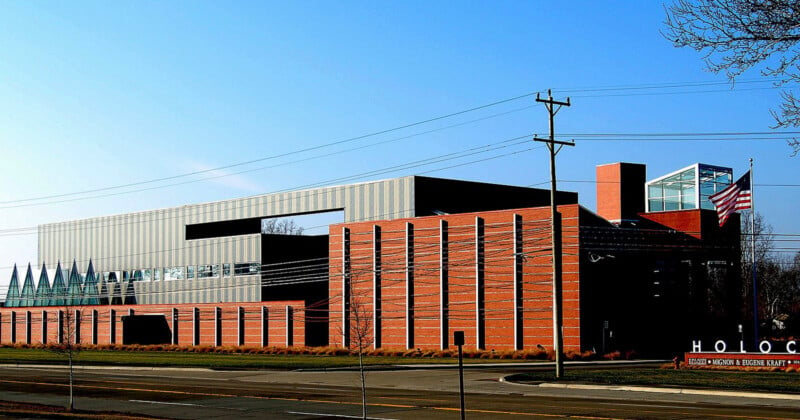
A Holocaust museum has rearranged its exhibit to provide people with fewer opportunities to take Nazi-themed selfies.
The Zekelman Holocaust Center in Detroit was alarmed after students on school trips and visitors would take selfies with a Nazi officer’s uniform complete with a large red swastika.
Workers at the museum were also taken aback by some visitors’ reactions to a 20-foot-high portrait of Adolf Hitler whom they saw on security cameras giving Nazi salutes to.
Now major design work has been done at the museum to partially obscure Nazi uniforms with their emblazoned swastikas and the giant photo of Hitler has been removed.
“I don’t want them to see this uniform without facing the truth of these people who wore these uniforms,” Mark Mulder, the museum’s curator and a scholar of what is called atrocity imagery, tells The New York Times.
The Michigan museum attracts 60,000 people a year; 35,000 of which are students — mostly eighth graders who attend in accordance with a 2016 Michigan law to promote genocide education. Less than one percent of visitors are Jewish, the rest are gentiles.
“There is a way young people interact with the world that I don’t fully understand,” says 44-year-old Mulder.
“They tend to be documenting the world with them in it. My way is behind the camera.
“What it kind of comes down to is how much agency are we willing to give our visitors and what does that agency allow them to do.”
Instagram and the Holocaust
The debate around selfie culture and visits to solemn places have intensified in recent years with some satirists shaming “disrespectful” tourists who pose for pictures on Berlin’s Holocaust memorial by Photoshopping in harrowing images of Jewish corpses.
And in 2019, the Auschwitz Museum put out a reminder for people not to take photos of themselves balancing on the railway tracks leading up to the former concentration camp.
Visitors to the Zekelman Holocaust Center are not banned from taking selfies but curators hope that by putting photos of the people who were killed in front of Nazi regalia then it will discourage disrespectful behavior.
“When you look at the uniform,” adds the museum’s chief executive Rabbi Eli Mayerfeld, “You are also forced to see the photos.”
